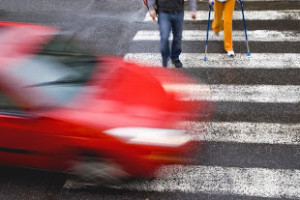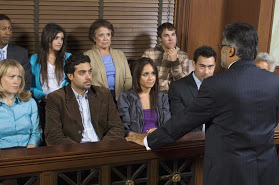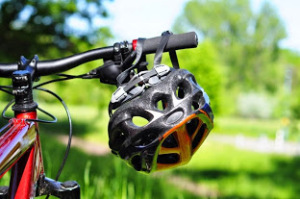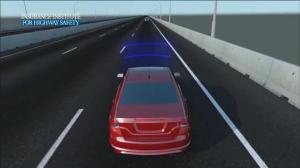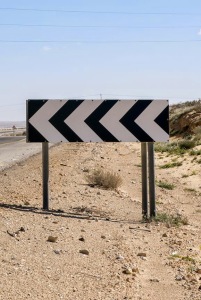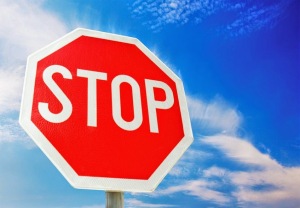 The Los Angeles Daily Journal this week reported a $1 Million jury verdict out of Kern County CA involving an traffic collision between tractor trailer and a passenger automobile (Cardenas v. Hettinga Transportation, Inc.; Freddy Garcia and California Department of Transportation, Case No. S-1500-CV-279). My analysis of the verdict, pre-trial settlement discussions, and post trial motions is as follows:
The Los Angeles Daily Journal this week reported a $1 Million jury verdict out of Kern County CA involving an traffic collision between tractor trailer and a passenger automobile (Cardenas v. Hettinga Transportation, Inc.; Freddy Garcia and California Department of Transportation, Case No. S-1500-CV-279). My analysis of the verdict, pre-trial settlement discussions, and post trial motions is as follows:
Facts of The Case: The plaintiff was the mother of the decedent, who died instantly when her vehicle broad sided a semi truck. The plaintiff contended that the truck driver negligently operated his vehicle by running a stop sign. The truck driver and trucking company Defendant appeared to concede liability but, disputed the amount of claimed damages. The plaintiff also asserted a claim against CALTRANS for an alleged dangerous condition of public property. The claim against the State of California was resolved for a nominal sum ($10,000) and the case proceeded to a jury trial against the trucker and his freight carrier employer.
Damages and Settlement Discussions: In California wrongful death civil actions , the plaintiff may claim both out of pocket losses such as lost income the decedent was contributing to the family for financial support, funeral and burial expenses, and other similar losses. In this case, it would appear (although not stated in the reported verdict) that plaintiff either did not have such damages or waived them off and simply claimed “general damages” in the lawsuit. So-called “general” or “non-economic” damages in civil claims where someone is killed are awarded based upon California Civil Jury Instruction 3921, which states that a jury must come up with a dollar figure value for the loss of, “love, companionship, comfort, care, assistance, protection, affection, society, moral support.” The second half of this jury instruction states that, in determining this value, the jury is specifically not to consider the plaintiff’s “grief, sorrow, or mental anguish, the decedent’s pain and suffering, or the poverty or wealth of the plaintiff.”
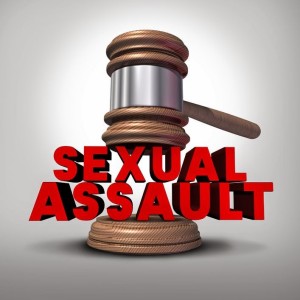 Two patients of Cottage Rehabilitation Hospital filed complaints against Cottage Health System in 2013 for alleged sexual abuse. Just recently, a third patient filed a lawsuit against the company for the same reason. The lawsuit alleges that nursing assistant Pedro Hernandez sexually abused a disabled patient who is only being identified as “Manuel T.” According to the complaint, Mr. Hernandez began abusing 69-year-old Manuel T. in a sexual manner in 2012 and that the abuse continued until 2014.
Two patients of Cottage Rehabilitation Hospital filed complaints against Cottage Health System in 2013 for alleged sexual abuse. Just recently, a third patient filed a lawsuit against the company for the same reason. The lawsuit alleges that nursing assistant Pedro Hernandez sexually abused a disabled patient who is only being identified as “Manuel T.” According to the complaint, Mr. Hernandez began abusing 69-year-old Manuel T. in a sexual manner in 2012 and that the abuse continued until 2014.



